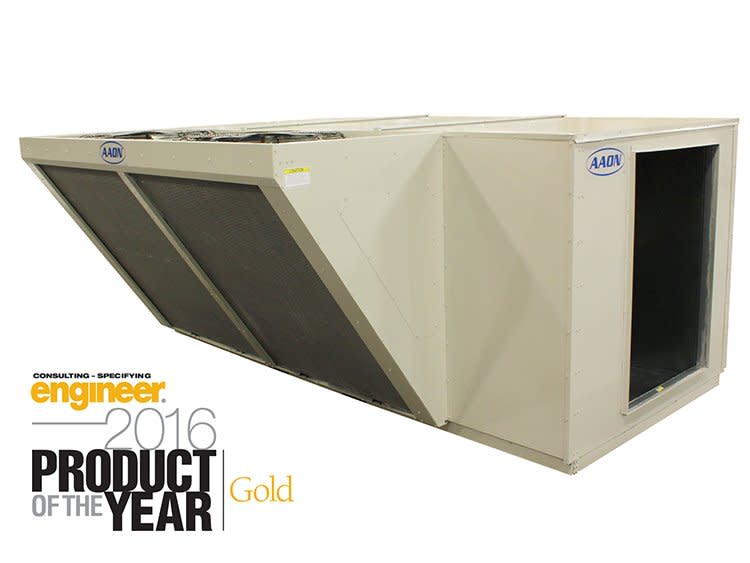

Prior to fielding a study, research funders should consider whether to objectives related to VFD conversions. For example, spot measurements for a wide cross section of fans may provide sufficient insight into fan loading both across fans and over time if the different fans are observed at different points in the operating cycle (this is especially true for constant-speed cases where seasonal variability is addressed in the study design). However, it may be possible to meet the RTF’s objectives with reasonable rigor using less-intensive field data. Scenarios considered for this this objective should be informed by market data and observed differences between in situ and design operation.Ĭlear determination of a fan’s operating point (pressure and flow) over time requires interval metering of operating parameters (e.g., pressure and/or flow power alone does not suffice) over an extended period of time.Characterize how fan efficiency is affected when operating point differs from design.Data segmentation for this objective should be based on market data.

Characterize hours of operation and in situ fan loading relative to design assumptions.Magnitude of fan load (or other metric for system size).Control type (constant speed, variable speed).Estimate current-practice fan efficiencies for the Region, differentiated by:.To obtain proven-worthy savings estimates for this measure, the RTF recommends research to meet the following specific objectives Detailed VHE DOAS System requirements can be found here: Note: The above requirements are a summary only. Primary Heating/Cooling System: > 600 SF/Ton Sizing (CZ 5&6) >750 SF/Ton Sizing (CZ 4) OR Loads analysis to support system sizingĬonditioned Square footage served by heating/cooling equipment Verify that system efficiency meets requirements Primary Heating/Cooling System: Allowable systems: VRF, GSHP/GWHP, Air-Water Heat Pump (Hydronic Systems) Ventilation air delivered directly to space Select mode of delivery of ventilation air to occupied spaces Yes - Filter Requirements are met No - Filter Requirements are not metĭefrost Control: Managed for design temperature Yes - Variable speed fans included No - Equipment does not include variable speed fans HRV/ERV sensible effectiveness at design conditionsįan Efficacy at design flow: >1.3 CFM/WĮnter total HRV/ERV bhp (supply + exhaust) Sensible Recovery Effectiveness at design conditions (75% design flow AHRI OR PHI) Input Design Supply Airflow of ERV/HRV (CFM) Compliance with program requirements is verfied in column D. The intent is for this to be a showcase system and would accommodate in-depth system tours to NEEA, our utility funders and potential VHE DOAS market actorsĭirections: Input Design Data in Column C.Data analysis and energy savings comparing the existing system to the all new VHE-DOAS replacement system.Energy, indoor air temperature, Relative Humidity, CO2 and Heat Recovery Ventilator performance.The new system will also provide ongoing, detailed data monitoring, including:.The design fully meets NEEA’s Very High Efficiency DOAS requirements, as well as being refined enough to be a worthy showcase system for NEEA's funders, as well as building owners who are considering upgrading their HVAC systems to the VHE DOAS. This is a great win for both Energy 350 and NEEA and the project objectives are provided below:
Aaon unit bac netcontrol upgrade#
When the lease came up for Energy 350's office, located in inner SE Portland, they were able to negotiate an upgrade to their HVAC system through involvement of the building owner, the equipment manufacturer, the distributor, the contracter and NEEA to specify a new system that exactly follows NEEA's VHE-DOAS system requirements. Energy 350 is one of NEEA's key energy efficiency engineering consultant partners and has been supporting and advocating for NEEA's VHE-DOAS program for over 2 years.


 0 kommentar(er)
0 kommentar(er)
